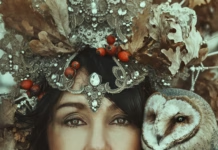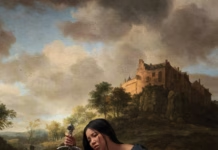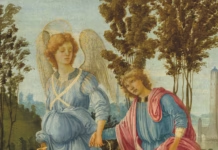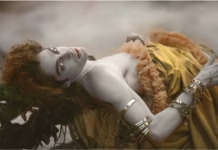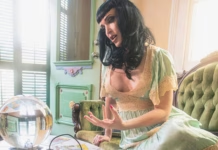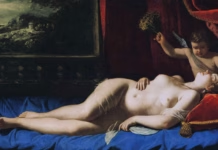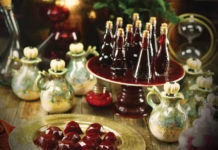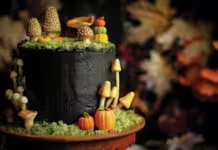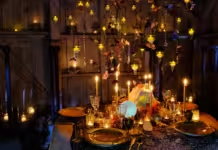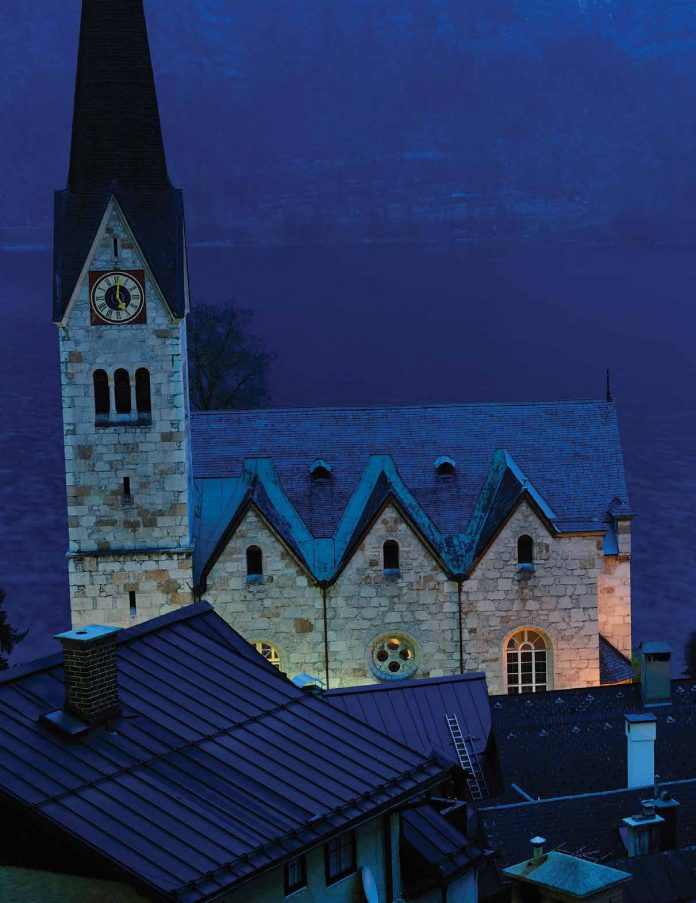MAGICAL DESTINATIONS
We asked a few of our favorite authors to tell us about the most enchanted places they’ve ever been. This is what they came up with …
The early summer sunlight lit the lake water like translucent jade. Everywhere, the Dachstein Mountains crushed in, their cliffs and dark crags filled with snow and shadow, thick emerald forests cascading down their slopes. Far across the water, the village appeared, swathed in cloud and mist like an ancient Avalon.
As I stepped off the ferry into the cobbled square, I knew two days here would never be long enough.
Millions of people visit Ireland or the United Kingdom looking to connect with the enchantment of the Celtic world. But what many don’t realize is that if you really want to experience Celtic civilization at its purest, you should visit its root: the hidden village of Hallstatt, Austria.
Tucked beside a clear green lake against an alpine backdrop that oozes with Tolkien-esque adventure, few would guess that the sleepy village of Hallstatt is actually the cradle of the Celtic civilization. But hal is the ancient Celtic word for salt, and it was here—thanks to the oldest salt mine in the world—that seven thousand years ago a small tribe of people (who would become known as the Celts) began to trade, travel, and grow rich, eventually colonizing new lands and creating an empire that at its height stretched as far east as Turkey and as far west as Ireland and the United Kingdom.
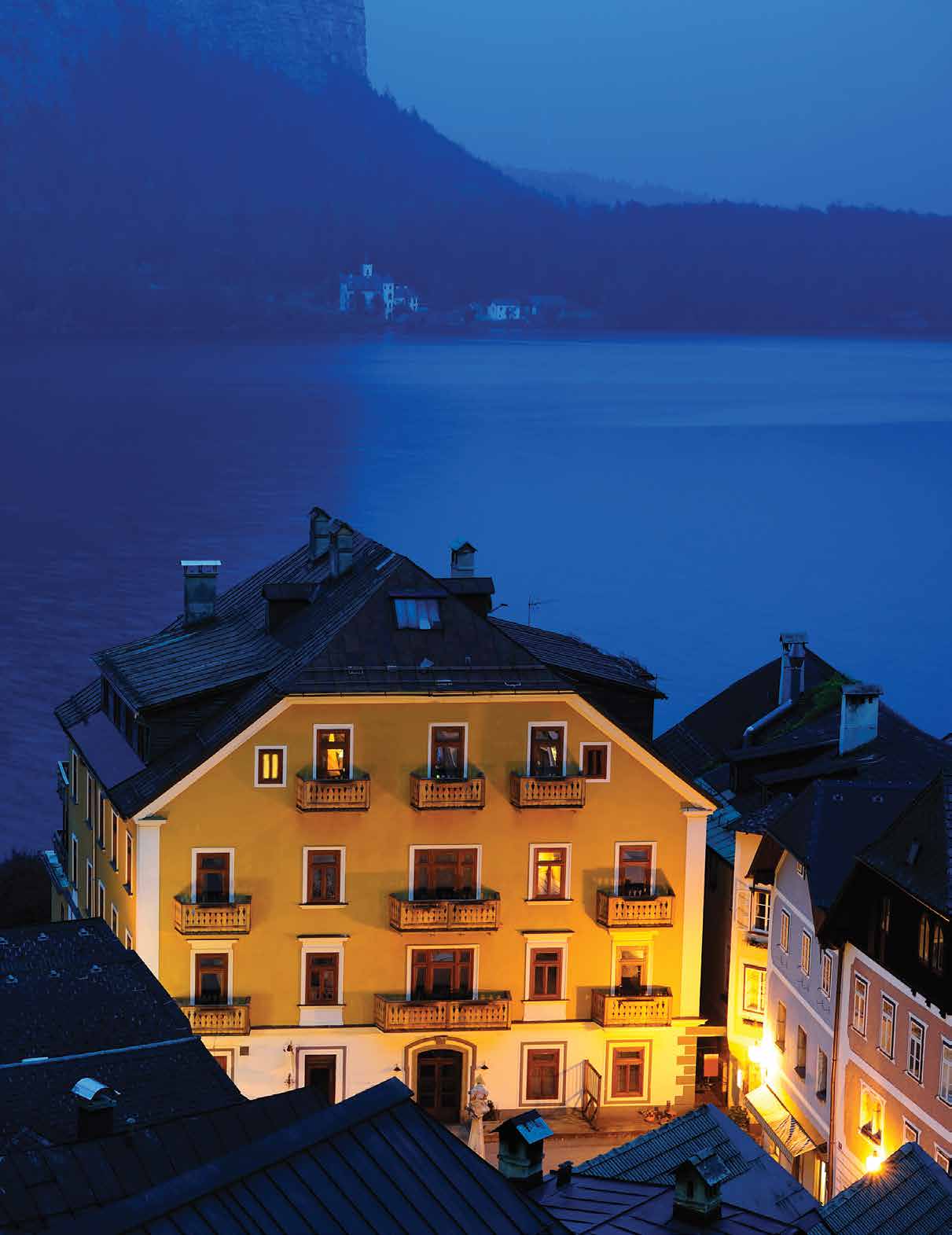
It was late May, and in the village flowers spilled from window boxes, sprouted wild and purple in hilly green gardens, even clung in swaths to the wooden walls of alpine houses. The air was cool and smelled like snow, the snow that even in early summer still lay in folds at the peaks of the timeworn giants that soared overhead. Fresh water trickled into town through dragon-headed iron spigots, and far above, a tumbling white waterfall spilled over an ebony cliff into the village, rushing through a covered tunnel at the back of the square.
I had never been to Austria before. And yet somehow this magical mountain village felt like home in a way that rendered me silent, its ancient magic thrumming deeper than any site I’d visited before.
Three treacherous sets of stairs brought me and my husband to our room at Gasthof Zauner on the main square, an old building bursting with history and leaning with age, where I was giddy to find a teetering balcony that overlooked the lake, a glassed-in porch with a couch overtaken by ivy, and a set of windows that edged the waterfall. Restaurants and cafes lined the narrow streets where shops peddled hand-carved wooden treasures, alpine hats, climbing gear, and holistic soaps, lotions, and freshly herbed salt mixtures for cooking. We slept that night with the thick-paned window cranked open, despite the mountain cold that came with the dark, falling asleep to the waterfall whispering outside our window. Early the next morning, it was an easy walk to the funicular that took us high above town to the place it all began, Saltzwelten, or Salt Worlds, to tour the ancient salt mines. But what I hadn’t expected were the prehistoric grave mounds.
We disembarked to find ourselves on a misty forest path and followed it until it opened onto grassy timber-fenced fields bursting with buttercups and lace. The flowers grew over countless soft lumps of earth hunching against the landscape—burial mounds of the ancient Celtic elite. The treasures discovered within these mounds are some of the earliest known Celtic artifacts—gold-tipped shoes and golden torques, exquisitely carved carts, brooches, pins, vases. It felt as sacred and peaceful and charged with memory as any stone circle I’d visited and I lingered there, soaking it in. The salt mine tour was equally surprising: dark caverns illuminated by crystalline pink chunks of salt. Here, the ancient statue of a long lost goddess, unearthed nearby. There, a slick wooden miner’s slide visitors get to slip down, deep into the depths of the mine.
On the second day it rained, and we tugged on raincoats and struck out to find the source of the waterfall. On the way through town we meandered into a beautiful churchyard and stumbled over the Bone House, a room in St. Michael’s Chapel filled with the skulls and bones of the village residents dating back to the twelfth century, many of them ornately painted with ivy and flowers, their name and their date of death. I was anticipating an eerie feeling. Instead, it was truly beautiful to stand there, witness to all those lives. The path to the waterfall led us on a steep switchback trail through the woods the locals call the Märchenwald, or “Fairy Tale” woods, and alongside deserted mining lean-tos and an enigmatic painted stone cliff until, breathless, we reached the top of the falls. Beyond it the path continued, and we followed it up steep sets of stairs all the way to the foot of the salt mines, where we had disembarked the cable car the day before. The sun peeked out. We found our way to a beautiful lakeside resort and basked with an Austrian beer in hand at the edge of the Hallstattersee.
As I sat beside the clear, lapping waters, a swan drifted by, and a feather breezed onto my lap. I puzzled over the enchantment of the place. Salt mines. Bones. Fairy tale houses and whimsical storefronts. Winding lanes and purring cats. Sure these things were nice, but never had I felt such a nameless magic—in Hallstatt, the source of it is from everywhere. To sit beside the lake beneath the towering mountains and breathe that air, the waves of tranquility feel like the melody a mother would hum that has been lost since long ago. But she is not just one person’s mother, she is every person’s mother. And it makes her children feel heady with mystery.
I did not want to leave.
Sometimes we find the most magical places where we least expect them. So I hope you’ll go. The evocative power of Hallstatt is available to everyone, and I, for one, would be eager to hear what you find waiting in the village and forests nestled beside that magical lake.





